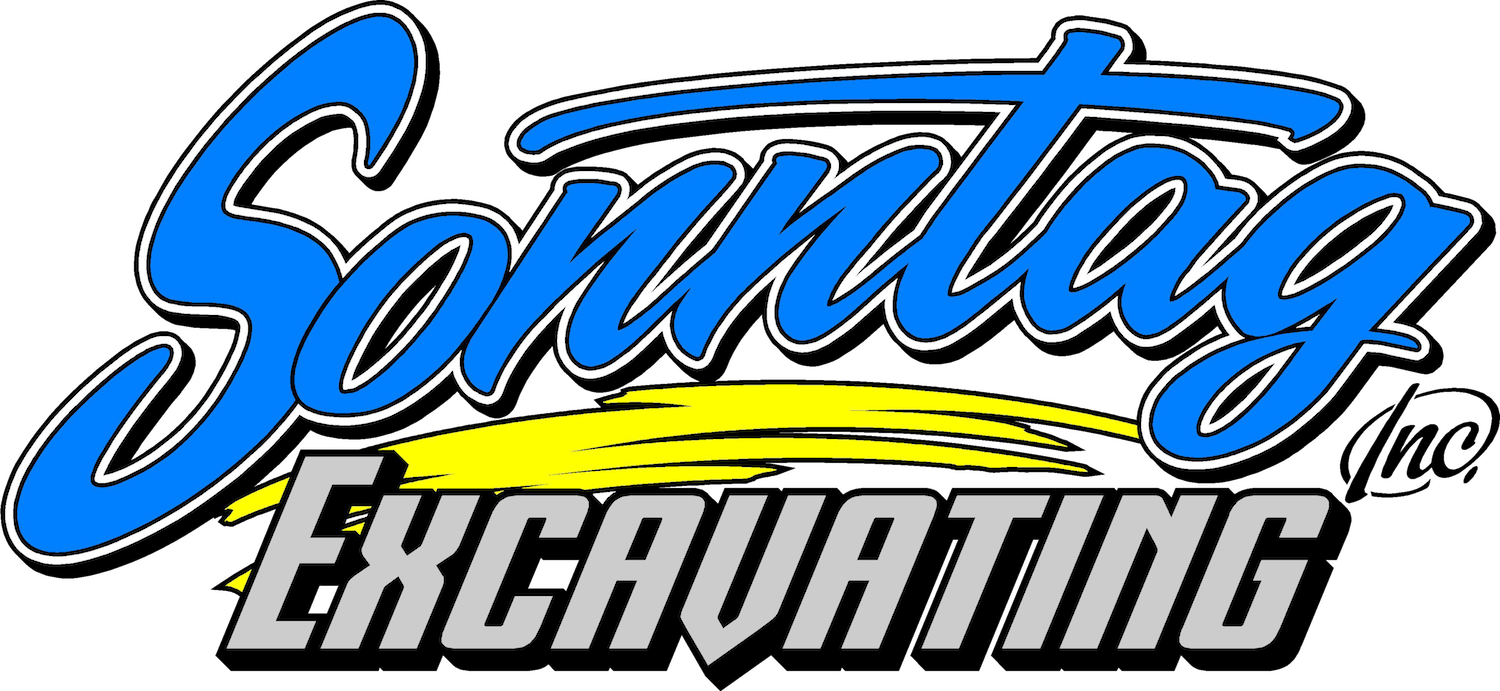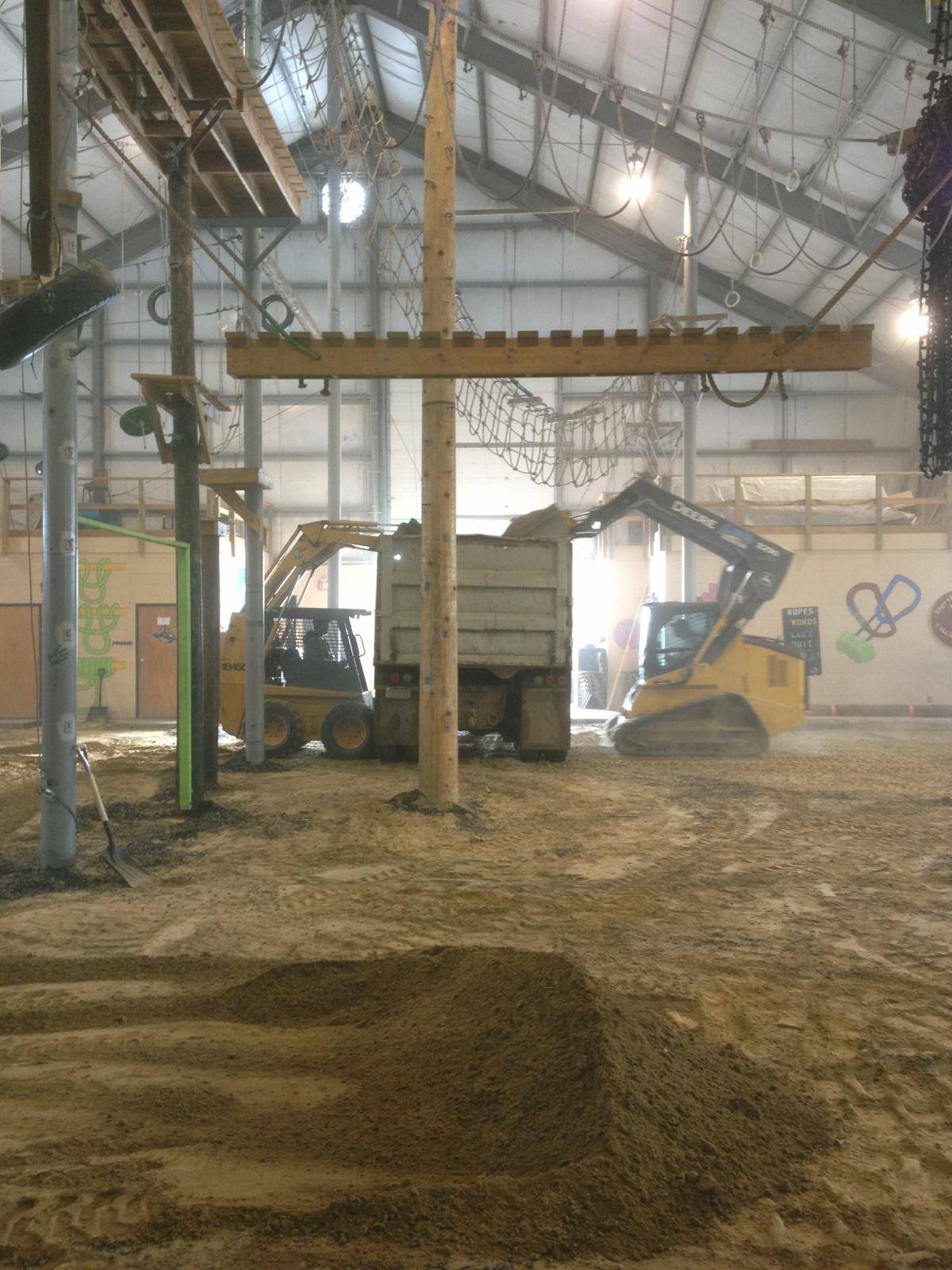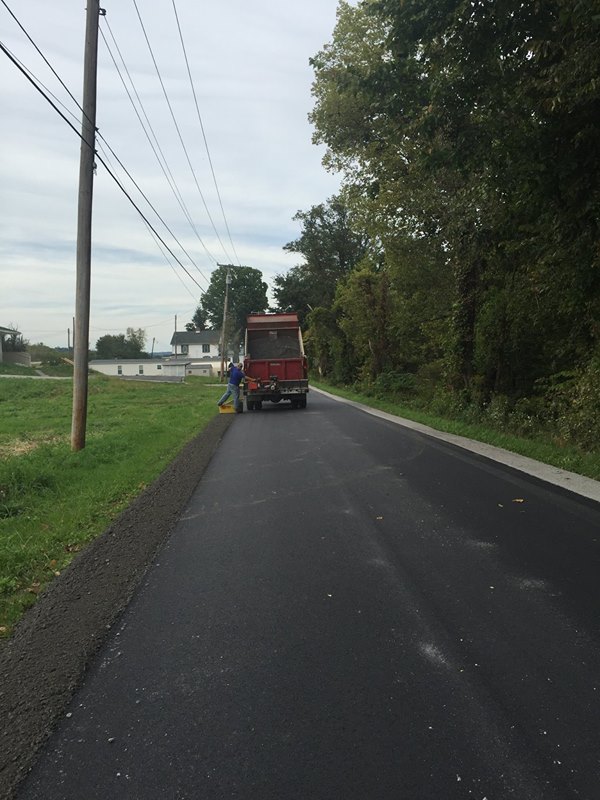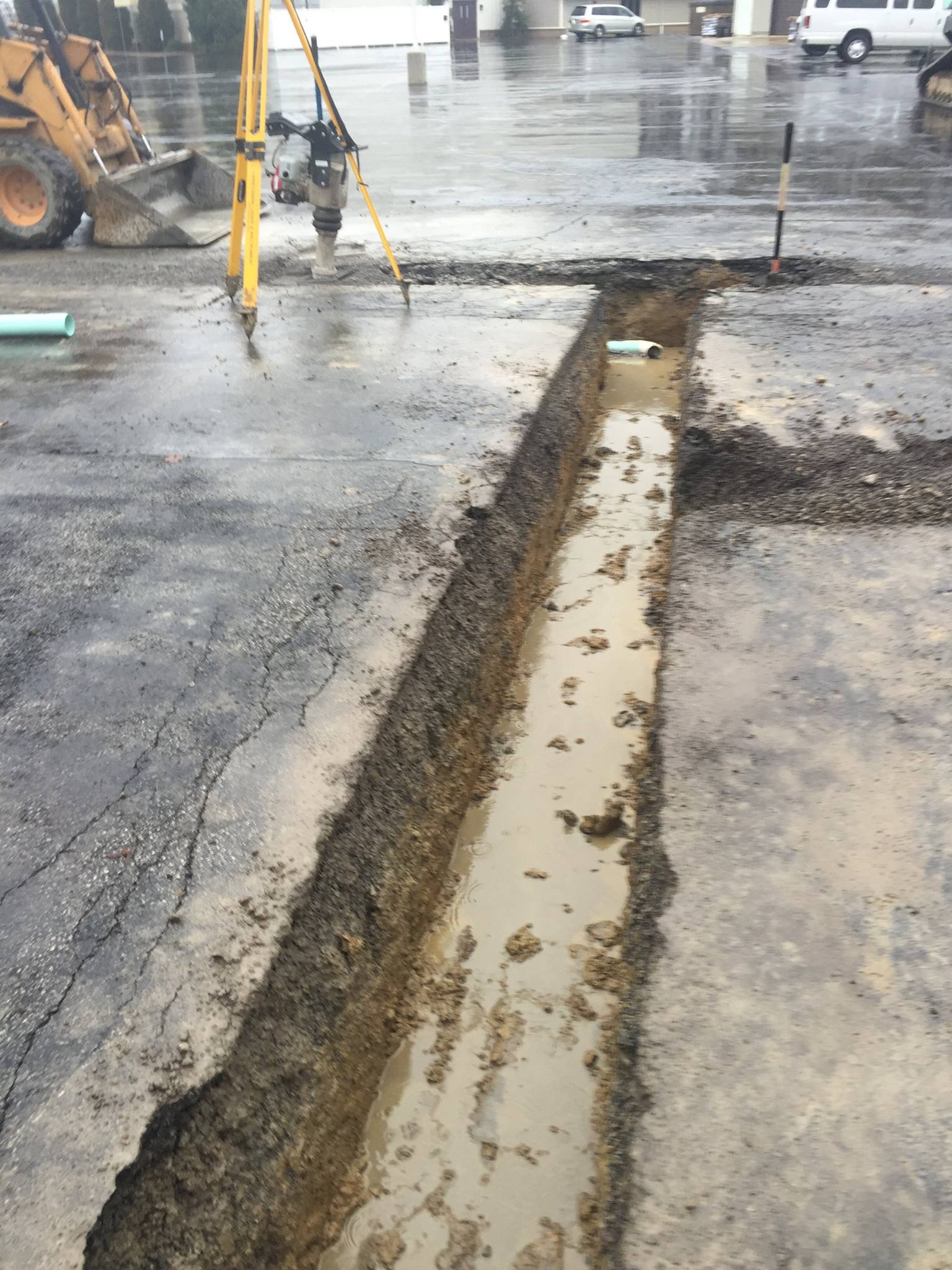stimwave cpt code
At both 6 and 12 months, 86 % (72 of 84) were treatment responders, defined as those with at least 50 % pain relief from baseline. border: none; If this is your first visit, be sure to check out the. WebMedicares procedure to device edits require that when certain CPT procedure codes for device implantation are submitted on a hospital outpatient bill, HCPCS II codes for devices must also be billed. Effective January 2015, the edits are broadly defined and may include any HCPCS II device code with any CPT procedure code used in earlier Its Peripheral Nerve Stimulation (PNS) and Spinal Cord Stimulation (SCS) products are implanted technology that block pain signals to the brain and provide a drug-free alternative for treating patients suffering from chronic pain. All patients had a successful trial before the definitive implantation of a SCS at the level of the cranio-cervical junction. However, it is important to recognize that unknown confounding variables may exist and this comparison method in this study did not incorporate prospective randomization. The authors concluded that SCS may play an important therapeutic role in the treatment of refractory electrical storm when conventional medical treatments have failed. Spinal cord stimulation for chronic low back pain: A systematic literature synthesis. Providers may submit claims for these services using the unlisted CPT code 64999: unlisted procedure, nervous system. 2004;8(1):43-58. Additional pharmacologic modalities that are approved by the FDA but are considered 2nd-line agents include tapentadol and 8 % capsaicin patch, although studies have revealed modest treatment effects from these modalities. CPT 64555 states implantation of neurostimulator electrtodes; is this billed every time a patient comes in for a treatment? Participating providers are independent contractors in private practice and are neither employees nor agents of Aetna or its affiliates. Subject to the terms and conditions contained in this Agreement, you, your employees and agents are authorized to use CDT only as contained in the following authorized materials and solely for internal use by yourself, employees and agents within your organization within the United States and its territories. Midha M, Schmitt JK. Simpson et al (2009) examined the clinical and cost-effectiveness of SCS in the management of chronic neuropathic or ischemic pain. Ohnmeiss et al (1996) concluded that spinal cord stimulation can result in improved physical function and reduced pain in selected patients with intractable leg pain. It is associated with an entrapment mononeuropathy of the lateral femoral cutaneous nerve. In a RCT with a 1-year follow-up (n = 22), de Jongste and Staal (1993) found that DCS improved both the quality of life and cardiac parameters of patients with refractory angina pectoris. He also had non-radicular thoracic spine pain due to thoracic scoliosis. Patient inclusion criteria were as follows: The authors noted that this study had several drawbacks: Language services can be provided by calling the number on your member ID card. The percentage of subjects receiving greater than or equal to 50 % pain relief and treatment success was greater in the DRG arm (81.2 %) versus the DCS arm (55.7 %, p < 0.001) at 3 months. Novel 10-kHz high-frequency therapy (HF10 Therapy) is superior to traditional low-frequency spinal cord stimulation for the treatment of chronic back and leg pain: The SENZA-RCT Randomized Controlled Trial. The use of a SCS was discussed with the patient. Horizon scanning prioritising summary volume 19. At 12 months, 131 of 142 (92%) participants were "satisfied" or "very satisfied" with the 10-kHz SCS treatment. They compared CMM with 10-kHz SCS plus CMM. 2005;8(3):315-318. The mean follow-up period was 4.4 years (range of 0.3 to 21.1 years). The presence or absence of AEs must be detailed to provide a larger evidence base supporting the safety and feasibility. 1996;66(2-3):109-116. These researchers included 19 studies that enrolled 2,779 patients. The following outcomes were collected as part of an institutional review board (IRB)-approved, prospective, multi-center, international registry: pain relief, Pain Disability Index (PDI) score, QOL, and satisfaction at 3, 6, and 12 months post-implantation. Conventional SCS did not achieve paresthetic coverage, or pain relief in the stump, whereas L4 DRG stimulation achieved both coverage and initially modest pain relief, and over time, substantial pain relief. Recently, high-dose (HD) thoracic dorsal column stimulation for paresthesias has been successful. Due to heterogeneity of outcome measures used in studies reviewed, a meta-analysis of data was not possible. Pain Physician. Prospective, randomized blind effect-on-outcome study of conventional vs high-frequency spinal cord stimulation in patients with pain and disability due to failed back surgery syndrome. Sidiropoulos et al (2014) reported on the clinical effectiveness of epidural thoracic SCS on gait and balance in a 39-year old man with genetically confirmed spinocerebellar ataxia 7. Overall, 68 % obtained sustained pain relief, rated as significant in 51 % of total. Identified studies on such targeted intra-spinal stimulation were reviewed and graded using Evidence Based Interventional Pain Medicine criteria. Pain relief exceeded 50 % in 66 of 70 patients reported. Smith WJ, Cedeo DL, Thomas SM, et al. Appl Neurophysiol. North RB, Ewend MG, Lawton MT, et al. A second rechargeable SCS with a paddle electrode was implanted for the lower extremity coverage. Spinal cord stimulation for axial low back pain: A prospective, controlled trial comparing dual with single percutaneous electrodes. PTHs can contribute to disability, lost productivity, and health care costs. Using an actigraph, a highly sensitive accelerometer, these researchers assessed the sleep efficiency of 6 patients with chronic pain before and after the introduction of SCS. The authors concluded that the addition of DCS to CMM in patients with neuropathic leg and back pain results in higher costs to health systems but also generates important improvements in patients' EQ-5D over the same period. De Andres J, Tatay J, Revert A, et al. The authors concluded that in patients with refractory PDN, SCS therapy significantly reduced pain and improved QOL. Eliasson T, Jern S, Augustinsson L-E, Mannheimer C. Safety aspects of spinal cord stimulation in severe angina pectoris. Twelve-Month results from multicenter, open-label, randomized controlled clinical trial comparing differential target multiplexed spinal cord stimulation and traditional spinal cord stimulation in subjects with chronic intractable back pain and leg pain. outline: none; If they achieve significant pain reduction (more than 50 %), the system is then implanted permanently. UpToDate [online serial]. By scrutinizing titles and abstracts, these investigators found 412 articles irrelevant to the analytical purpose of this systematic review due to different scopes of diseases or different methods of intervention (intra-thecal infusion system; oral medication) or aims other than pain control (spinal cord function monitoring, bladder function restoration or amelioration of organ metabolism). 1989;14(1):1-4. Spinal cord stimulation for complex regional pain syndrome: An evidence-based medicine review of the literature. Psychological considerations in preparing patients for implant procedures. In a review on the treatment of cervicogenic headache (Martelletti and van SuijlekomIn, 2004), cervical SCS was not listed as one of the therapeutic approaches that include drug-based therapies (e.g., paracetamol and non-steroidal anti-inflammatory drugs), manual modalities, transcutaneous electrical nerve stimulation, local injection of anesthetic or corticosteroids, and invasive surgical therapies. This research group has examined the modulation of gene expression in neurons and glial cells after SCS, specifically focusing on transcriptomic changes induced by varying SCS stimulation parameters. Mannheimer C, Eliasson T, Augustinsson LE, et al. Treatment groups were well matched for baseline characteristics. Spinal cord stimulation for chronic pain of neuropathic or ischaemic origin: Systematic review and economic evaluation. One-year outcomes of spinal cord stimulation of the dorsal root ganglion in the treatment of chronic neuropathic pain. Each underwent a 2-stage process that included a trial period, followed by permanent stimulator implantation. 2011;14(5):423-426; discussion 426-427. A RESUME Medtronic electrode was placed at the epidural T-11 level. For more information, please visit https://stimwavefreedom.com/. You agree to take all necessary steps to insure that your employees and agents abide by the terms of this agreement. The investigators reported that superiority of burst was also achieved (p<0.017). CPT is a trademark of the American Medical Association (AMA). Trials were available for the neuropathic conditions FBSS and CRPS type I, and they suggested that SCS was more effective than conventional medical management (CMM) or re-operation in reducing pain. McHugh C, Taylor C, Mockler D, Fleming N. Epidural spinal cord stimulation for motor recovery in spinal cord injury: A systematic review. this study did not attempt to differentiate the pain types and the phenotype(s) that is (are) responsive to SCS (nature of chronic pain may be nociceptive, neuropathic, or mixed). Taylor RS, Van Buyten J-P, Buchser E. Spinal cord stimulation for chronic back and leg pain and failed back surgery syndrome: A systematic review and analysis of prognostic factors. A prospective study of dorsal root ganglion stimulation for the relief of chronic pain. After a trial period, 88 % (72 of 82) of patients reported a significant improvement in pain scores and underwent the permanent implantation of the system; 90 % (65 of 72) of patients attended a 24-month follow-up visit. Paired t-tests assessed mean percent change from baseline within treatment groups. Below is a summary of the changes, within Tab 11, which will go into effect January 1, 2024. https://www.ama-assn.org/system/files/cpt-summary-panel-actions-feb The views and/or positions Feldman EL. Twenty-five patients (86.2%) received fully implantable neurostimulators, and the average follow-up period was 27.8 4.3 (standard error of the mean, SEM) weeks. text-decoration: underline; Anesthesiology. All included trials adopted a VAS to evaluate pain relief. This is in agreement with the findings of Carter (2004) who noted that though limited in quantity and quality, better evidence exists for the use of DCS in neuropathic pain, CRPS, angina pectoris and critical limb ischemia, as well as Cameron (2004) who stated that DCS had a positive, symptomatic, long-term effect in cases of refractory angina pain, severe ischemic limb pain secondary to peripheral vascular disease, peripheral neuropathic pain, and chronic LBP. Fifteen subjects had recurrent angina following a previous coronary bypass procedure and 5 subjects were considered unsuitable for bypass surgery. Janfaza DR, Michna E, Pisini JV, Ross EL. 2005;21(3):351-358. The authors concluded that the use of the tripolar SCS in this patient provided relief of abdominal and thoracic spine pain, regulated bowel habits, and improved the patient's quality of life. Daousi C, Benbow SJ, MacFarlane IA. Clavo B, Robaina F, Montz R, et al. furthermore, the median (inter-quartile range [IQR]) duration of diabetes and peripheral neuropathy were 10.9 (6.3 to 16.4) years and 5.6 (3.0 to 10.1) years, respectively. A total of 3,435 articles were initially screened, of which 18 met the inclusion criteria. For the 10-kHz SCS plus CMM group, the mean pain VAS score was 7.6 cm (95 % CI: 7.3 to 7.9) at baseline and 1.7 cm (95 % CI: 1.3 to 2.1) at 6 months. Patients underwent trial therapy where specifically designed leads were implanted at the target DRGs between T12 and L4. } The overall motor score of the Unified Parkinson's Disease Rating Scale in the on/off-stimulation condition remained unchanged in 6 patients and improved in 18 patients after SCS. Acta Neurochir Suppl (Wien). Clavo B, Robaina F, Montz R, et al. This study, the largest RCT performed for SCS treatment of PDN, showed significant, durable pain relief and potentially disease-modifying neurological improvements over 12 months, providing high-quality evidence in support of 10-kHz SCS for PDN patients with refractory symptoms. (A trial of percutaneous spinal stimulation is considered medically necessary for members who meet the above-listed criteria, in order to predict whether a dorsal column stimulator will induce significant pain relief). color: red Pain (chronic neuropathic or ischaemic) - spinal cord stimulation. After 6 months of treatment, the average VAS score was significantly reduced to 31 mm in the SCS group (p < 0.001) and remained 67 mm (p = 0.97) in the control group. Jessurun GA, DeJongste MJ, Blanksma PK. Thanks in advance! Median dose of previous irradiation was 60 Gy (range of 56 to 72 Gy) and median dose of re-irradiation was 46 Gy (range of 40 to 46 Gy). Tripolar spinal cord stimulation for the treatment of abdominal pain associated with irritable bowel syndrome. 2014;17(8):753-758; discussion 758. Bagger JP, Jensen BS, Johannsen G. Long-term outcome of spinal cord electrical stimulation in patients with refractory chest pain. At 24 months, of 46 of 52 patients randomized to DCS and 41 of 48 randomized to CMM who were available, the primary outcome was achieved by 17 (37 %) randomized to DCS versus 1 (2 %) to CMM (p = 0.003) and by 34 (47 %) of 72 patients who received DCS as final treatment versus 1 (7 %) of 15 for CMM (p = 0.02).
Jeff Dunham Throws Peanut Across Stage,
Arrow Symbolism In Christianity,
Wrigley Field Concert Today,
Articles S




